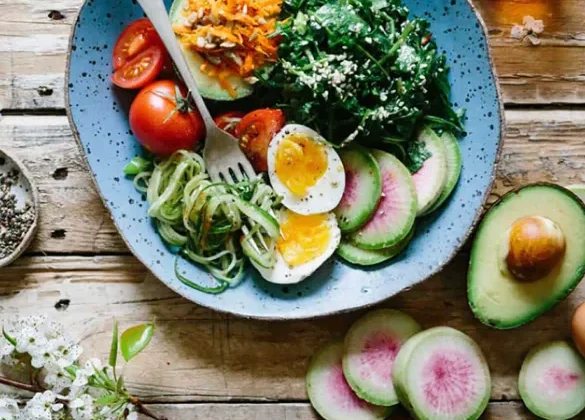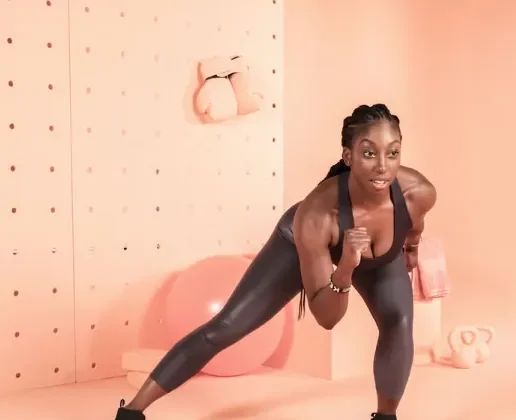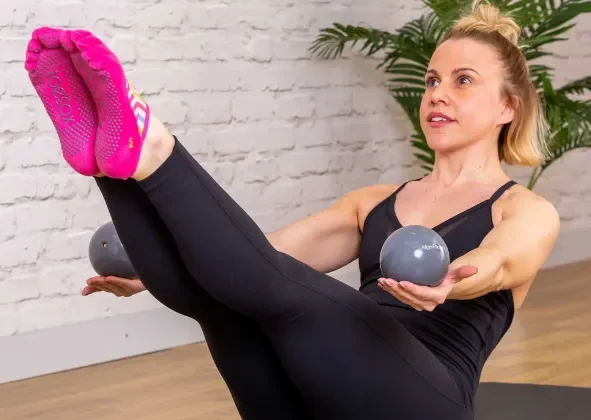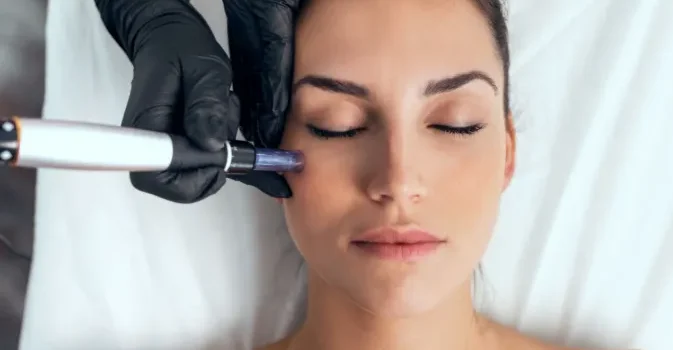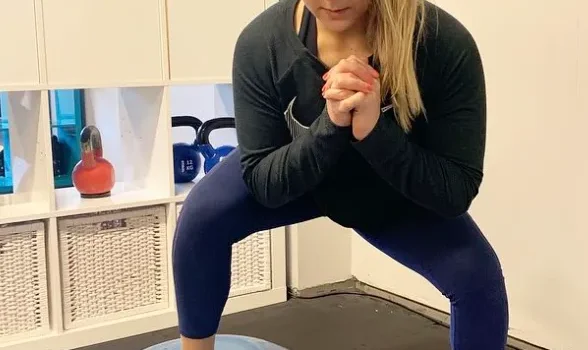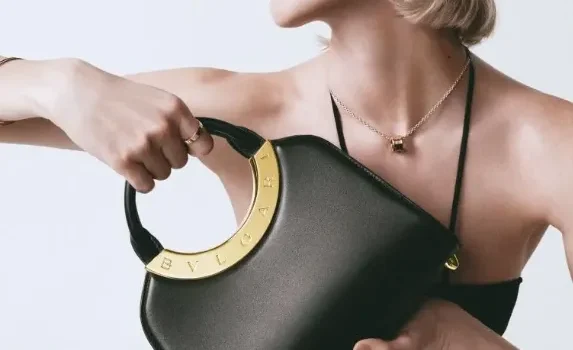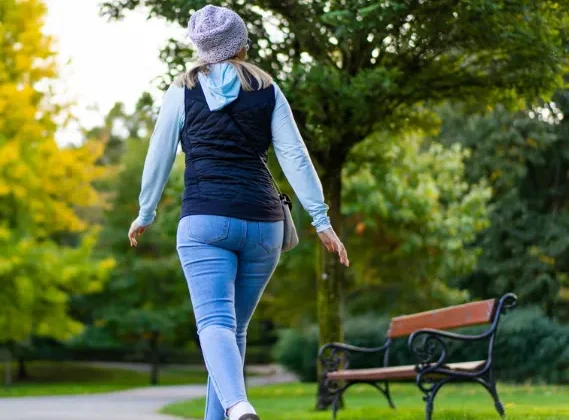There’s something about summer BBQs that makes them feel extra special—the sizzling sounds of the grill, the warm weather, and long, golden evenings. But let’s be honest, one of the best parts of any summer BBQ is showing up in an outfit that makes you feel confident, stylish, and ready to enjoy the day. Whether you’re looking for a casual vibe or something a bit more polished, I’ve got you covered with outfit ideas, styling tips, and the latest trends to make you the best-dressed guest at your next BBQ.
Essential Summer BBQ Outfit Ideas
When it comes to BBQs, comfort is key, but that doesn’t mean you need to sacrifice style. Breathable fabrics like cotton, linen, and lightweight blends are your best friends during those hot summer days. And remember, BBQs are often outdoors, so practicality is just as important as aesthetics.
The trick is to take your everyday summer essentials—like a simple tank top or denim shorts—and give them a little twist to make them feel intentional. For example, instead of just throwing on a t-shirt, pair it with high-waisted denim shorts, add a statement belt, and finish it off with strappy sandals or boots. It’s all about those small tweaks that make a big difference!
What to Wear to a Backyard BBQ
Backyard BBQs offer the perfect opportunity to get creative with your outfit. For casual gatherings, keep it simple but elevated. A flowy midi dress with espadrilles or a cropped blouse paired with wide-leg linen pants is always a winning combination. If you’re attending a more dressy event like a garden party or evening BBQ, opt for a jumpsuit or a dress in luxe fabrics with eye-catching details. Adding a lightweight scarf in your hair or a bold pair of earrings can instantly elevate your outfit.
Trending Summer BBQ Outfits & Styles for 2025
This summer, it’s all about mixing classic pieces with fresh, trendy details. Here are some of the top trends for the season:
1. Bohemian-Inspired Looks
Bohemian style is perfect for BBQs, featuring flowing maxi dresses, relaxed jeans, and layers of jewelry. Pair these with strappy sandals or boots and a woven bag for that extra boho touch.
2. Coastal Cool Elements
If you’re headed to a BBQ by the water, go for nautical stripes, crisp whites, and breezy fabrics. A striped button-down with white shorts and gold jewelry will keep your look polished but casual.
3. Pretty Pastels and Vintage Florals
Soft pastel dresses or floral skirts paired with simple tanks are fresh, feminine, and perfect for summer. These vintage-inspired prints never go out of style and add a playful touch to any BBQ.
4. Mermaidcore Aesthetic
This summer, mermaidcore is making waves with sequins, shell details, and iridescent fabrics. A sequined skirt or shell-embellished accessories can add the perfect touch of sparkle to your BBQ look.
5. Bold Prints: Polka Dots and Gingham
Polka dots and gingham are playful, timeless, and ideal for summer BBQs. Whether you choose a gingham sundress or a polka-dot blouse with white jeans, these prints will never go out of style.
6. Classic Americana
You can never go wrong with a classic Americana look, like a denim mini dress and a red bandana. It’s simple, chic, and perfect for a BBQ vibe.
7. Rouched and Tie/Bow Detailing
Rouched details add flattering texture and visual interest to your outfit, while tie and bow accents create a feminine, playful touch. Whether on dresses or tops, these details are perfect for summer BBQs.
8. Elevated Athleisure
If you’re all about comfort, elevated athleisure is the way to go. Pair tailored track pants with a cropped tank or oversized jersey with sneakers or slides for a sporty-chic finish.
9. Pool Party BBQ Mix
For pool parties, opt for chic swimsuits with matching cover-ups, like a laser-cut swimsuit with a maxi skirt. It’s stylish, practical, and comfortable for all-day wear.
10. Mixing Textures for Visual Interest
To keep things interesting, mix different textures. Pair a soft cotton tee with distressed denim shorts and a crochet button-up, or go for a silky camisole with linen pants and leather sandals. Mixing fabrics adds depth and makes even simple outfits feel intentional.
Casual vs. Dressy BBQ Outfit Options
Not sure how dressy to go? Here’s how to style your outfit based on the vibe of the event:
- Casual BBQs: A boho-inspired look with a button-up midi dress or long top paired with jeans and flat sandals works perfectly. Add some layered jewelry for a cool, laid-back vibe.
- Dressy BBQs: If the BBQ is a bit fancier, go for a chiffon ruffled dress with a waist belt and heels. This elevated look will have you feeling chic while still BBQ-ready.
Accessories to Complete Your BBQ Look
Accessories are an easy way to elevate your outfit and give it that extra flair. Here are my must-haves for a stylish BBQ:
- Hats: A straw hat or a baseball cap adds style and protects you from the sun.
- Sunglasses: Aviators or cat-eye frames are always a win, and you don’t have to spend a lot to find great options.
- Jewelry: Lightweight gold hoops, layered necklaces, or shell-inspired pieces are perfect for summer.
- Footwear: Opt for strappy sandals or sneakers for a casual look, or wedges if you’re going for something dressier.
Weather-Appropriate BBQ Outfits
Summer weather can be unpredictable, so always plan for the unexpected. For hot, sunny days, go for lightweight fabrics and breathable silhouettes. If rain is in the forecast, bring a cute rain jacket or an umbrella. For cooler evenings, a denim jacket or lightweight cardigan will keep you comfortable without sacrificing style.
Final Thoughts
Summer BBQs are the perfect chance to experiment with your wardrobe and try out new trends. Whether you’re rocking a gingham sundress, a sequined skirt, or a classic Americana look, the key is to wear something that makes you feel confident and comfortable. With these outfit ideas, you’ll be ready to take on the BBQ season in style!
